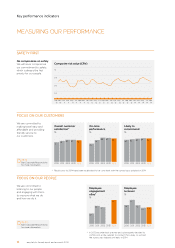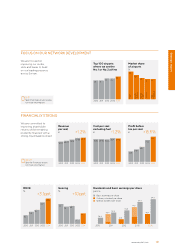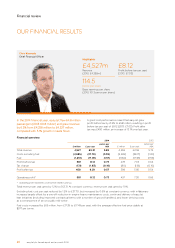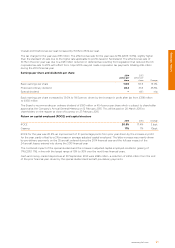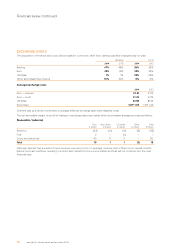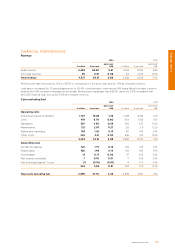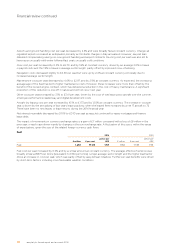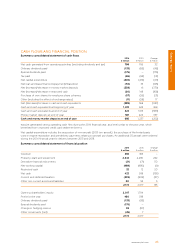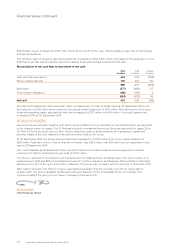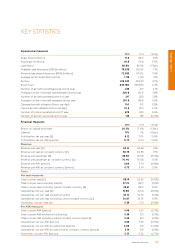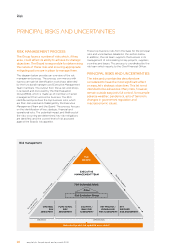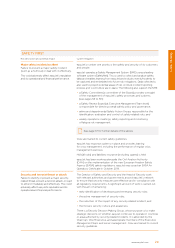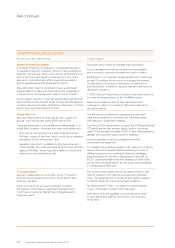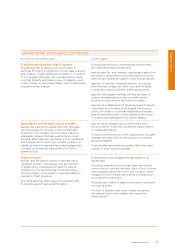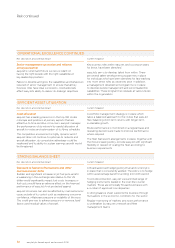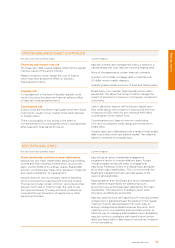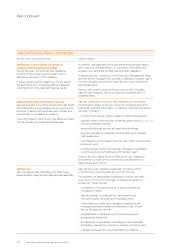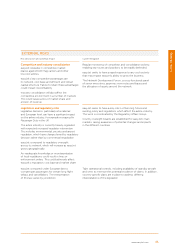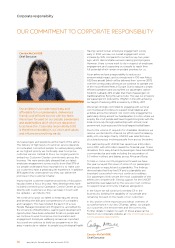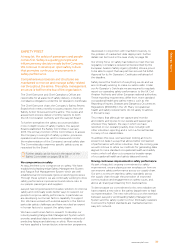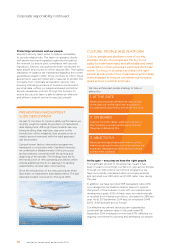EasyJet 2014 Annual Report Download - page 30
Download and view the complete annual report
Please find page 30 of the 2014 EasyJet annual report below. You can navigate through the pages in the report by either clicking on the pages listed below, or by using the keyword search tool below to find specific information within the annual report.
Risk
Principal risks and uncertainties
RISK MANAGEMENT PROCESS
The Group faces a number of risks which, if they
arise, could affect its ability to achieve its strategic
objectives. The Board is responsible for determining
the nature of these risks and ensuring appropriate
mitigating actions are in place to manage them.
The diagram below provides an overview of the risk
management process. The process commences with
rigorous annual risk identification workshops attended
by the functional managers and Executive Management
Team members. The output from these risk workshops
is reviewed and discussed by the Risk Evaluation
Group (REG), which is made up of members of senior
management from across the business. The REG
identifies and prioritises the top business risks, which
are then discussed and challenged by the Executive
Management Team and the Board. The process focuses
on the identification of key strategic, financial and
operational risks. The potential impact and likelihood of
the risks occurring are determined, key risk mitigations
are identified, and the current level of risk assessed
against the Board’s risk appetite.
These top business risks form the basis for the principal
risks and uncertainties detailed in the section below.
In addition, the risk team supports the business in its
management of risks relating to key projects, suppliers,
countries and bases. This process is coordinated by the
risk team which reports to the Chief Financial Officer.
PRINCIPAL RISKS AND UNCERTAINTIES
The risks and uncertainties described are
considered to have the most significant effect
on easyJet’s strategic objectives. This list is not
intended to be exhaustive. Many risks, however,
remain outside easyJet’s full control, for example
adverse weather, pandemics, acts of terrorism,
changes in government regulation and
macroeconomic issues.
STRATEGIC
RISK
ASSESSMENT
FUNCTIONAL
RISK
ASSESSMENT
COUNTRY /
BASE RISK
ASSESSMENT
EXECUTIVE
MANAGEMENT TEAM
TOP BUSINESS RISKS
KEY PROJECT /
PROGRAMME
RISK ASSESSMENT
KEY
SUPPLIER
RISK ASSESSMENT
Top down
Feedback
Challenge
&
Owners
h
ip
R
isk Pr
i
ori
t
isati
o
n
& Assessme
n
t
Risk Identification
STRATEGIC OPERATIONAL
Sponsorship and risk appetite assessment
Filter
Risk Evaluation Group
PLC
BOARD
Risk management
28 easyJet plc Annual report and accounts 2014


